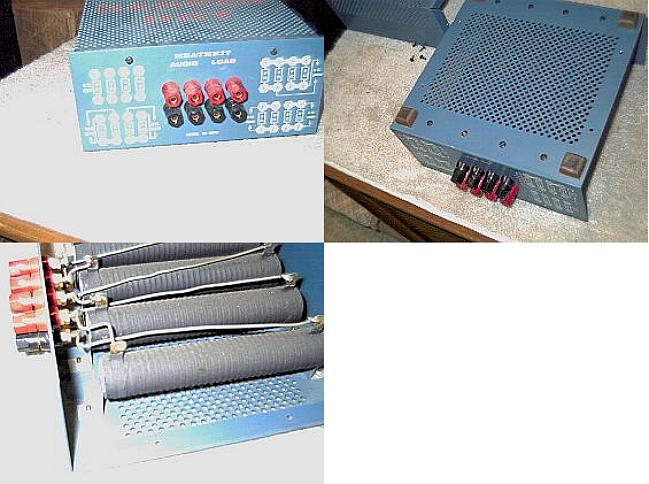Where are you located? Lots of us have tube testers, variac etc and would be happy to help.
It is perfectly safe to power up the Eico without the rectifier, but with all other tubes. You can make sure you have filament voltages and bias voltages.
Without any test gear - the other thing I'd suggest is to go thru the assembly manual as if you were building the unit and check each and every step. Many were never wired correctly in the first place, and it's easy to overlook a mistake you've made.
Also (and this may seem dumb) make sure you have the correct fuse in the unit. I've seen 20A auto fuses stuck in amps before!
Eventually (once it's functional) you'll want to correct the loudness circuit. I can send you the instructions via email if you need them.
Personally, if I were convinced it was wired per the manual and correctly fused I'd take a leap of faith an plug it in. If you've replaced the electrolytic caps there's nothing to reform. Most folks who built the Eico from a kit would have just done the same...
- Gary
It is perfectly safe to power up the Eico without the rectifier, but with all other tubes. You can make sure you have filament voltages and bias voltages.
Without any test gear - the other thing I'd suggest is to go thru the assembly manual as if you were building the unit and check each and every step. Many were never wired correctly in the first place, and it's easy to overlook a mistake you've made.
Also (and this may seem dumb) make sure you have the correct fuse in the unit. I've seen 20A auto fuses stuck in amps before!
Eventually (once it's functional) you'll want to correct the loudness circuit. I can send you the instructions via email if you need them.
Personally, if I were convinced it was wired per the manual and correctly fused I'd take a leap of faith an plug it in. If you've replaced the electrolytic caps there's nothing to reform. Most folks who built the Eico from a kit would have just done the same...
- Gary


